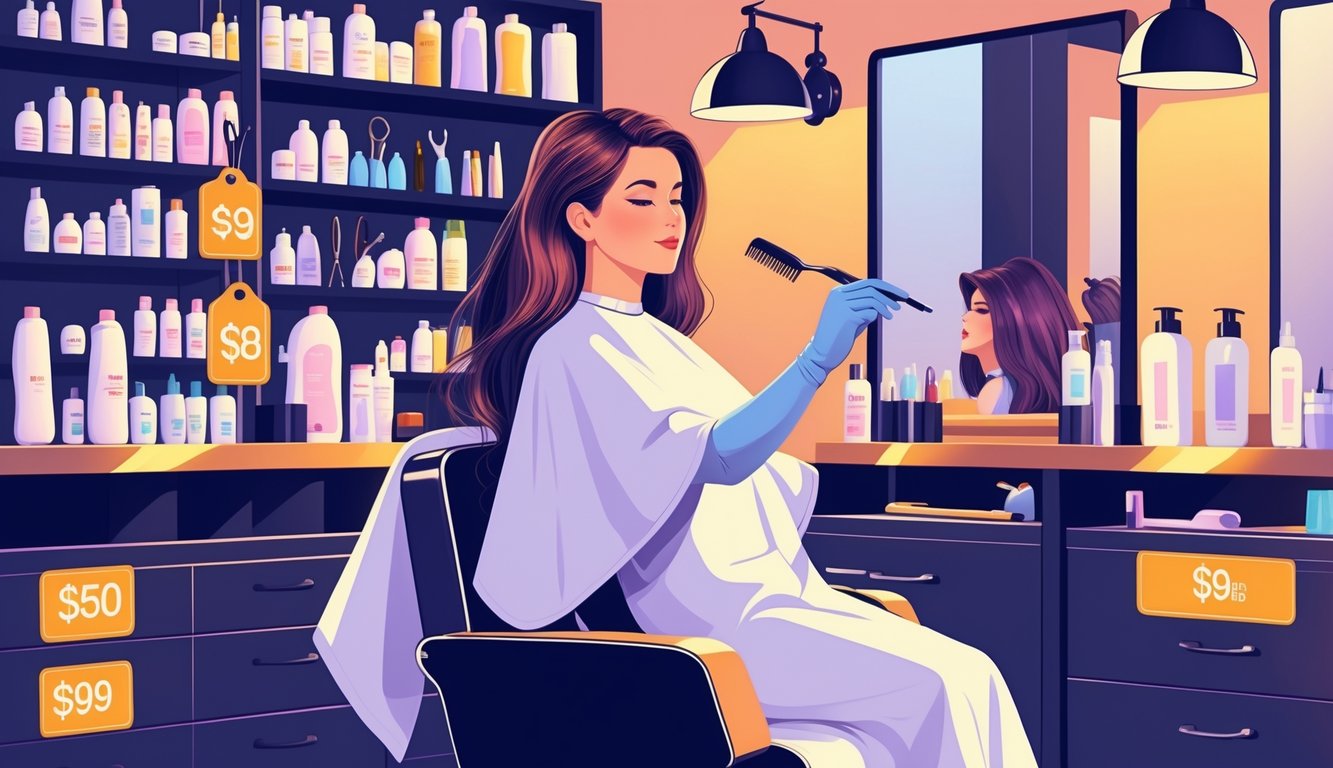
Ingredient Sourcing and Availability
Nobody ever warned me that clutching my last box of root touch-up would feel like winning the lottery. Try explaining supply chain chaos to someone panicking over gray roots on a Sunday night—good luck. Ingredients run out, formulas change, and suddenly what’s in the box is anyone’s guess.
Global Shortages for Key Ingredients
Let’s say ammonium persulfate—yeah, the bleach powder every colorist swears by—gets stuck in Rotterdam because of a port strike. What then? Lemon juice and sun? Please. Industry folks keep griping that in 2024, weather in China and export caps in India made shortages for key dye ingredients even worse. Not just me being dramatic—a Wella trainer dropped that at a trade show.
Fun surprise: my supplier tried to swap PPD for some “molecularly similar” chemical nobody had ever used before April. Like, what? Swapping ingredients mid-year? Hard pass. And, of course, the cost lands right in the price of the kit. Euromonitor says color kit prices in the US jumped at least 7% in the last year, but who’s writing press releases about that? Not the brands, that’s for sure.
Shifts Toward Cleaner Formulations
People are stockpiling boxes after one friend’s “reaction,” so now every label screams ammonia-free, PPD-free, MEA-only. But all these cleaner formulas? They need rare oils and botanicals nobody can actually pronounce. Argan oil prices spiked 30% last spring because Morocco had a drought (thanks, Wall Street Journal, for ruining my day). My go-to kit disappeared for six weeks, came back with a new label, and cost 20% more—plus the ingredient list needed a magnifying glass and Google.
Certifications like USDA Organic or COSMOS? They take forever, and brands just quietly swap in cheaper lab-made stuff when actual lavender freezes. Dermatologists I trust (the real MDs, not the influencer kind) keep saying safety checks on “green” alternatives lag behind launches by months. So yeah, prices go up, but results? Not always better. Saw a client’s before-and-after photos—looked like two different people, and not in a good way.
Packaging Innovations and Environmental Considerations
Prices keep zigzagging, and it’s definitely not just about what’s inside the bottle. Suddenly, every kit has an eco-label, and I’m fighting to open cardboard that costs twice what it did last year. Recycling’s a puzzle now, apparently.
Sustainable Materials
Let’s be real—brands slap “sustainable” on everything, but does anyone really know what that means? I grilled a distributor about why my root touch-up box is now made out of mushrooms. No joke. Some EcoVative guy (Dan? Wild hair, huge binder) said Dell used this stuff for computers, so now color boxes want to be compostable. Is it cool? I guess. Landfill impact drops, emissions down 30% (Bio-Tec Environmental, spring ’24 says so), but my trash day gets weirder every month.
Compostable plastics? Ugh. Clients think bioplastics melt in rain—nope, EPA says you need an industrial composter. FSC logos everywhere, but is that even a real forest? Sometimes I find cardboard-pulp trays that leave fibers on everything—my jeans, my cat, my sanity. Less plastic, but the static is out of control.
Design Updates Affecting Price
Unboxing these kits is like opening a puzzle box—tiny vials, origami trays, “anti-tamper” this, “anti-theft” that. Supposedly safer and less waste, but my inbox fills up with “unit price increases” anyway. Circular economy? Sure, reuse pods, send back empties, get a discount if you remember to track it for a year (nobody does).
Remember when it was just a plastic tube and cap? Not anymore. Now you get color-coded gloves (pink, for the ‘gram), measuring doodads, QR guides—cute, but every extra bit costs more. Supply chain managers won’t even explain “material conversion surcharges.” In 2025, digital packaging trackers are a thing, and people actually Google them. Sometimes the new designs make the box heavier, not lighter. And every tweak, no matter how pointless, bumps up the price—sometimes for safety, sometimes just for bragging.
Brand Strategies and Marketing Adjustments
Walked into a drugstore last week—Garnier kits next to some $32 “luxe” version bragging about rosemary extract. Does anyone care if their gray powder has botanicals, or is it just about which box looks fancier? Brands are desperate to make everything “premium,” and they don’t even bother blaming inflation anymore.
Premium Product Positioning
L’Oréal’s out here hyping “gloss-enhancing molecules” on the same old box dye, just with shinier packaging. R+Co, per Allure, pushes “high-performance” sprays like your roots are running a marathon. I’ve talked to colorists—Maria Rivera in Brooklyn, 17 years in—she says brand trainers push “premium pigment” hard, but the shade chart barely changes.
Nobody’s seeing huge ingredient changes, unless you’re allergic to half the world. NPD Group says “premium” at-home kits made 19% more money last holiday, but nobody’s buying more boxes. It’s just language, shelf placement, influencer demos, and, honestly, shinier bottles. If I see another rose-gold cap on a $28 kit, I’m emailing complaints.
Promotions Versus Base Price Increases
So, everyone blames “global trends” for price hikes, but pigments aren’t rare gems. The weird part? They still run promos, just on old stock. Target had $3 off last season’s kits, but the “new formula” rings up full price. Forbes says brands “must appeal to broad swaths”—whatever that means—but nobody says if these discounts are just clearing out the old so the $29 “improved” box looks like a deal.
BOGO deals used to last a month; now it’s a weekend flash sale tied to your email, then back to $11.99. A Clairol rep (not naming names) told me they avoid discounting new shades so the “latest tech” stays luxury. So, people chase coupons, get annoyed, and pay more anyway. It’s all just smoke and mirrors to distract from real price hikes. Pastel packaging doesn’t make the sticker shock any less awkward—unless you’re one of those people who actually remembers to use the “exclusive preview” code.



